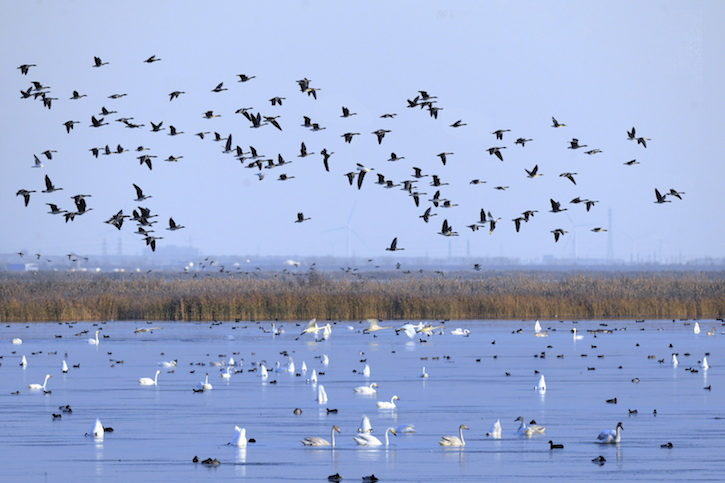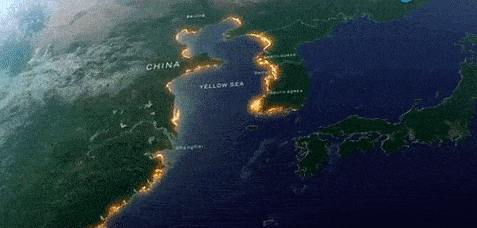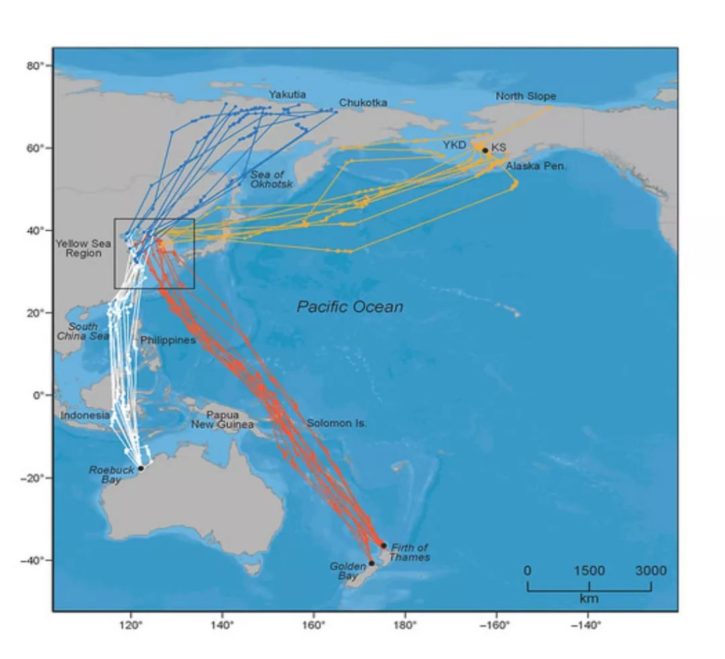
By Dietmar Grimm
Globally, important wetlands are under threat. Case in point: along China’s coastline only about 40% of its temperate coastal ecosystems are left after 50 years of extensive development. These habitats protect people and cities from the rising waters of climate change, act as nurseries for sustainable fishing, support sustainable economic development, and provide key habitats for migratory birds along the East Asian-Australasian Flyway. Fortunately, China’s government this past year has instituted critical protections to give China’s coastal wetlands a chance to survive.

The State Council’s July 25th Circular affirming strict regulatory control over land reclamation represents significant high-level government support that could lead to more effective protection and management of China’s valuable coastal wetlands. The Circular elevates the State Oceanic Administration’s January announcement that abolished local government authority over coastal land reclamation and prohibited all reclamation activities outside of national key infrastructure, public welfare, or national defence projects. It also reaffirms the findings of the Paulson Institute’s Blueprint of Coastal Wetland Conservation and Management.
The Circular comes at a critical time for specific coastal areas in China. 70% of the intertidal mudflats in the Yellow Sea have disappeared and much of the remaining 30% is threatened from land reclamation and overdevelopment. If that continues, the region would become a global epicentre for species extinction, local sustainable livelihoods would be lost, and valuable ecosystem services such as flood prevention and water purification would be seriously degraded. Recent research projects an additional US $400 billion per year in annual flood cost associated with rising sea levels by 2100. Moreover, planned large-scale land conversion projects threaten the State Council’s “redline” of conserving 800 million mu (533,300 km2) of wetlands in China by 2020.
In addition to the high dollar value of ecosystem services provided by China’s coastal wetlands, millions of shorebirds migrate annually from the southern hemisphere to the Arctic to breed and back again. Over 30 species depend on the food-rich intertidal mudflats of the Yellow Sea as stopovers during these epic journeys.

Sadly, the population of shorebirds are in sharp decline: the number of Bar-tailed Godwits (Limosa lapponica) successfully reaching New Zealand each autumn has more than halved, from 155,000 in the mid-1990s to just 70,000 today; and the population of the critically endangered Spoon-billed Sandpiper (Calidris pygmaea) is thought to be fewer than 500 individuals. A team of Chinese and international scientists recently uncovered evidence that habitat loss from development along the Yellow Sea is the likely culprit.
Wetland loss and migratory patterns along the Yellow Sea
There is room for cautious optimism, however. The new policy is consistent with the central government’s focus on building an ecological civilisation, as laid out at the 19th Communist Party Congress in 2017. It is also in line with the recent strengthening of environmental regulations, including the Environmental Protection Law, and the elevation of environmental agencies under the March government reorganisation. All of this supports stricter implementation.
Assuming land reclamation is restricted, the priority now will be to ensure protection for and effective management of the key sites. To achieve this, the Paulson Institute will continue to advocate for The Blueprint’s recommendations: development of an integrated management system on coastal wetlands, incorporation of coastal wetland conservation efforts into the overall planning of land development, establishing a sound ecological civilization performance appraisal and accountability system for all levels of government and officials, and the development and promotion of a coastal wetland conservation network in China.
The State Council Circular to strictly regulate land reclamation is a major step forward but, in many ways, it’s the easiest step. Now the hard work begins.
Dietmar Grimm is President of the Paulson Institute.




